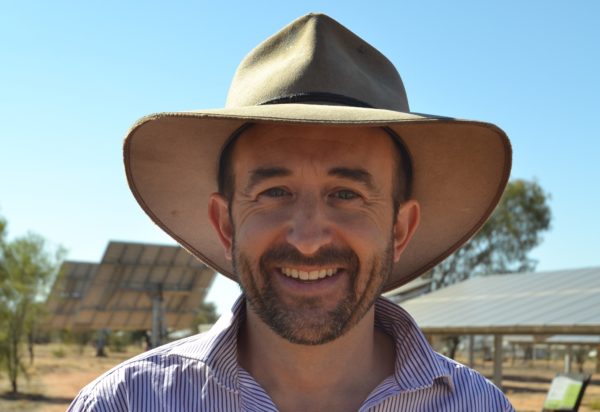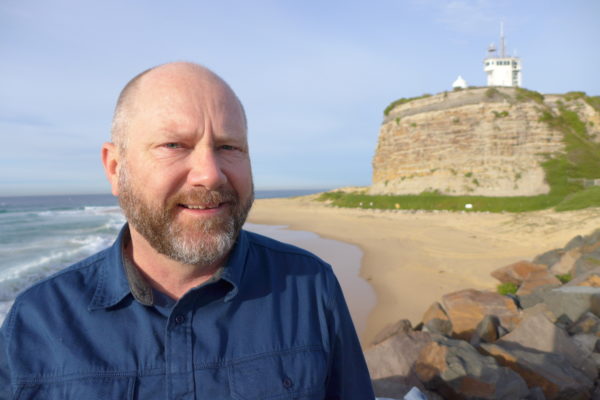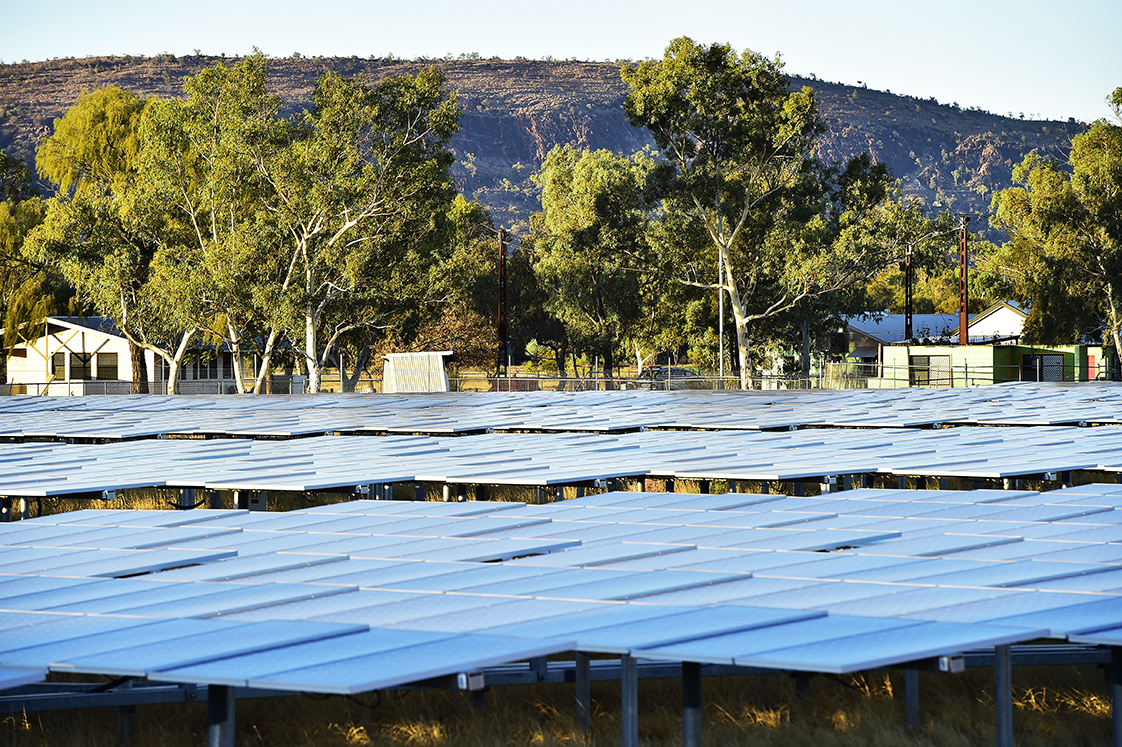Australia could soon be provided a glimpse of what its future energy grid could look like with the Northern Territory town of Alice Springs to host a Virtual Power Plant (VPP) trial that will examine how the orchestration of distributed energy resources can enable higher penetration levels of renewables into the grid while building on system security and stability.
The 12-month-long Solar Connect trial, which is scheduled to commence next month, is one of a series of trials, models and investigations being rolled out as part of the $12.5m Alice Springs Future Grid project, a collaborative effort led by the Intyalheme Centre for Future Energy to identify and overcome barriers to high renewables grids.
Future Grid project director Lyndon Frearson said households involved in the town-wide VPP, the first residential VPP in the Northern Territory (NT), will share solar and battery power in ways that benefit the Alice Springs grid and form the next generation of more sustainable energy solutions.
Frearson said although smaller than many other VPPs already operating in Australia, Solar Connect represents one of the most complex integrations of multiple energy technologies in the country to date.
“While many successful VPP trials have been run, they are proportionally smaller, compared to the size of the grid within which they operate, and usually focus on one type of technology,” he said. “What is distinctive about Solar Connect is its complexity in terms of technology integration and its scale within the grid. Solar Connect is reflective of the reality of what VPPs might look like in the future: multi-platform and having to integrate into a range of systems.”
Frearson said the nature of the Alice Springs VPP trial represents a unique opportunity and one that could be of great significance to the National Energy Market (NEM).

Image: Supplied
With a population of about 30,000 and a mix of residential households, commerce and industries, the town has an isolated electrical grid that is of a size and complexity that makes it an ideal testing ground for ideas that could lead to a successful transition to a clean energy future.
“The Alice Springs grid is small compared to the NEM or SWIS (South-West Interconnected System), but it retains all the characteristics of those larger systems,” Freason said. “It has an independent system operator, a separated network operator, competitive generators operating in a market, of sorts, and a competitive retail market using a version of the National Energy Rules. Therefore, it’s complex enough for trials run in Alice Springs to provide learnings applicable elsewhere, but small enough to run trials while limiting risk.
“These trials are critical for the whole of Australia because they will help outline pathways that could be part of future grids across the country.”
Alice Springs’ grid currently includes about 10% renewables generation and faces the challenge set by the Territory government to take that number to 50% by 2030. The challenge includes overcoming high levels of rooftop solar and system strength issues to serve residents in communities spread as far as 130 kilometres from the town.
“Alice Springs has very high levels of solar energy contributing to the overall energy mix,” Frearson said. “More than 25% of houses in Alice Springs have solar PV on their roof, totalling a combined 22MW installed rooftop solar. In particular circumstances, such as during sunny days with low loads, as much as 50% of all power in Alice Springs, and 75% of household demand can be supplied by solar PV systems.”

Image: Supplied
The response to the Solar Connect project has been positive with more than 120 Expressions of Interest received from residents eager to participate. With at least 50 participants required, about 40 of the applicants are eligible and ready to go while there may be some upgrades required for those which don’t quite meet the necessary criteria.
The trial will represent about 300-400kW of rooftop PV capacity while batteries will provide 250-350kW of instantaneous power and 400–500kWh of storage capacity.
Newcastle-based energy management software company Switchdin will deliver the technology platform that links the solar and battery systems.
SwitchDin founder and chief executive officer Andrew Mears said VPPs are critical for ensuring the stability of the grid, to reduce households’ reliance on grid electricity and to optimise the return on investment in rooftop solar and home batteries.
“SwitchDin has worked with major energy retailers across Australia to create VPPs using Stormcloud. What we’re doing with the Solar Connect VPP is another example of how our technology is being used to optimise the rooftop solar and home batteries for the benefit of the grid, households and communities that are connected to the grid,” he said.
Mears said Solar Connect had presented some unique challenges, including the regulatory, commercial, geographical and technical conditions in which the VPP is being developed.

Image: Supplied
“Unlike other VPPs that are designed around home batteries for demand response programs, the Solar Connect VPP is focused on both the management of solar inverters as well as battery storage systems,” he said. “SwitchDin has integration partnerships with over 20 solar and battery inverter brands and will be working with a diverse range of assets simultaneously. The approach that the Future Grid VPP is taking puts the customers’ choice first by allowing homeowners who are enrolling for the trial with solar inverters and home batteries from a range of brands and solar systems that have been installed at different periods of time.
“We could be integrating a brand-new solar system or a system that might be a few years old and this is a unique situation.”
Mears said the company will be integrating with Fronius, SMA, Sungrow and in the near future, Redback inverters, using both SwitchDin Droplet and Cloud Droplet API connections.
“We are expecting households with more than 15 different inverter models to be enrolled,” he said. “This makes it a really diverse environment.”
The Solar Connect VPP trial is expected to commence in July with full capability expected to be achieved by the end of the calendar year. The trial is expected to continue for 12 months.
Findings from the Solar Connect VPP, and other research activities of Future Grid, will be considered for inclusion in the Alice Springs Roadmap to 2030 report which will identify how the Alice Springs electricity grid could operate with 50% renewables by the end of the decade.
This content is protected by copyright and may not be reused. If you want to cooperate with us and would like to reuse some of our content, please contact: editors@pv-magazine.com.









By submitting this form you agree to pv magazine using your data for the purposes of publishing your comment.
Your personal data will only be disclosed or otherwise transmitted to third parties for the purposes of spam filtering or if this is necessary for technical maintenance of the website. Any other transfer to third parties will not take place unless this is justified on the basis of applicable data protection regulations or if pv magazine is legally obliged to do so.
You may revoke this consent at any time with effect for the future, in which case your personal data will be deleted immediately. Otherwise, your data will be deleted if pv magazine has processed your request or the purpose of data storage is fulfilled.
Further information on data privacy can be found in our Data Protection Policy.